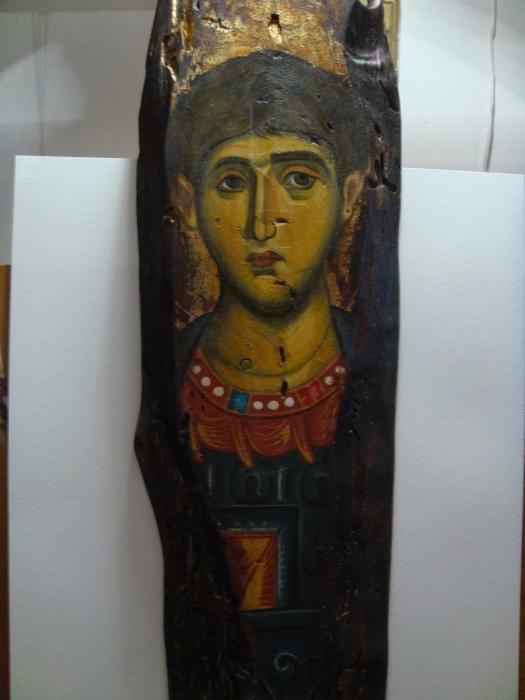Russian culture of the 19th century
The beginning of the 19th century in Russia was markeda cultural rise, which was called the "golden age". Russian culture of the 19th century was famous for the whole world and outstripped in many respects other European countries. Classicism was established in art, which was reflected in architecture, literature, music.
Under Emperor Alexander I, a policy of "enlightened absolutism" was pursued, aimed at developing education, supporting industry, and patronizing science and the arts.
Nicholas I, who ascended the throne in 1825, pursued a reactionary policy that relied on the police and the bureaucracy.
Architecture of the early 19th century
Great influence on different spheres of art andpublic life was a victory in the Patriotic War of 1812. Therefore, Russian culture of the first half of the 19th century is distinguished by patriotic attitudes. Reflection of those glorious events can be traced in architecture. A talented architect, a native of the serfs, Andrei Nikiforovich Voronikhin became the founder of the Kazan Cathedral. It was conceived by Paul I as a kind of St. Peter's Cathedral in Rome. Voronikhin was able to successfully enter the building in the ensemble of the central Nevsky Prospekt for Petersburg. Kazan Cathedral, which became a memorial to the Patriotic War of 1812, became the burial place of Field Marshal Mikhail Kutuzov. The decoration of the iconostasis took forty poods of silver, which the French abducted and the Cossacks returned. Here were kept the standards and banners of the French troops.
Painting
In painting, the art of portraiture developed. One of the most significant Russian portrait painters of this era is OA Kiprensky. Romantic style Russian culture of the 19th century developed during the political turmoil that reigned in Europe, where the Napoleonic wars of conquest took place. To this period belongs the famous portrait of the hussar colonel Denis Davydov of the work of Kiprensky. In women's portraits Kiprensky conveyed the warmth and lyricism of the images. The artist aspired to show on his canvases people who reflected the historical era.
Music
Classical style of Russian culture of the 19th centuryextended to all kinds of art. So, in music, his bright representative was Mikhail Ivanovich Glinka. He owns the phrase: "Music is created by the people, we are only arranging it." He became the founder of the classical Russian opera (the fairy-tale opera Ruslan and Lyudmila, the folk musical drama Life for the Tsar).
Literature
An integral part of the concept of "culture of the 19th century" inRussia is literature, which at that time turned into one of the leading in the world. Classical writers created works that were permeated with humanism and patriotism. There appeared journals: socio-political and literary. At the beginning of the century sentimentalism prevailed, of which NM Karamzin was a prominent representative. Then he was replaced by Romanticism, which found its embodiment in the works of VA Zhukovsky. Sentimentalism compelled the readers to sympathize with the heroes with a heightened sensitivity. Romantic writers contrasted heroic characters with society, showed interest in the nature and history of the peoples of other countries.
For any educated person, Russianthe culture of the 19th century does not appear without the name of AS Pushkin, whose formation as a poet took place against the backdrop of a patriotic rise in society that arose thanks to the victory in the war of 1812. As a tribute to the romantic style, Pushkin creates the poem "Ruslan and Lyudmila." In the southern poems, they glorified the theme of freedom. Early poems "Village" and "Liberty" speak of the civic position of the poet. At the end of his life, Pushkin created such masterpieces as the drama Boris Godunov and the novel Eugene Onegin. The poet was able to cover all genres in his work and proved the universality of his genius.
This is not a complete list of achievements of the greatRussian culture of the early 19th century. She made an invaluable contribution to the development of national art and education, and also had a huge impact on world culture.
</ p>

